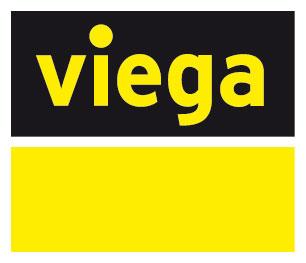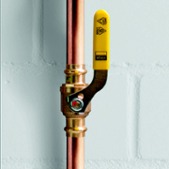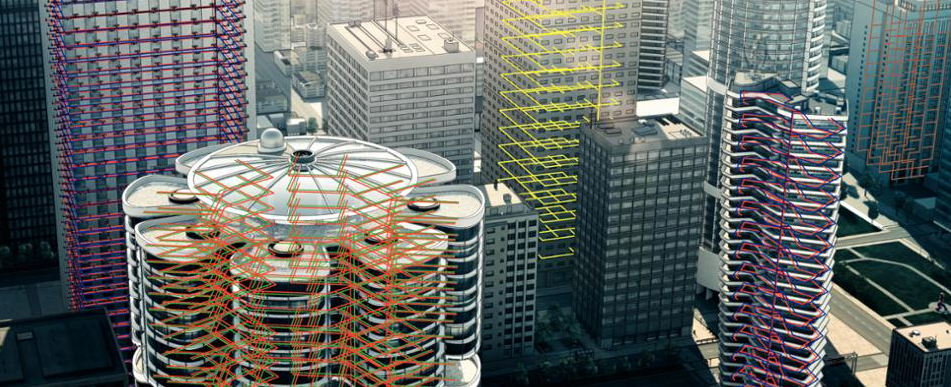It’s no secret that water is an essential resource to a healthy life. But when the quality of water is negatively impacted, significant health concerns are brought to the surface.
Many of these issues can be traced back to the planning and installation of drinking water systems. It could be a lack of hygiene that creates a breeding ground for bacteria; unsuitable materials that transfer unwanted pathogens into the water supply; or improper dimensions that affect flow performance and water quality.
The key to addressing the problem is understanding these concerns and how the right pipefitting approach can make a significant difference.
Drinking Water Installations: The Biggest Pipefitting Challenges
Lack of Hygiene
In the last few years, the prevalence of serious microbiological problems in drinking water installations has become more clear. For instance, an estimated 56,000 to 113,000 people in the United States are infected annually with Legionella bacteria—a pathogen passed on by drinking water.
To breed in drinking water, these microorganisms require certain temperatures. That’s why it’s important to ensure that cold water does not exceed 77℉ and hot water does not fall below 131℉.
The coupling of effective pipefitting design strategies with good operational and maintenance practices helps minimize these risks. It’s up to the system designer to decide which design concepts will reduce stagnation and encourage continuous flow, while also identifying which disinfection methods are best for minimizing risks.
Unsuitable Materials
With any pipefitting project—drinking water systems are no exception—the materials selected for an installation must match the conditions of the application. This not only involves a consideration of how the piping materials impact other materials and the quality of the water but also how the various constituents in the water affect the materials and corrosion potential.
In the case of plumbing system designs, the cost of corrosion can be high. Aside from aesthetic concerns, the corrosion process can elevate levels of toxic metals in a water supply, which could possibly lead to acute and chronic health problems.
To promote a long service life, galvanic, chemical (pitting) and erosion-corrosion mechanisms must all be examined during the design process. This will help prevent the transfer of unwanted pathogens that can harm people’s health into drinking water.
Improper Dimensions
In the field of drinking water installations, planning the optimal dimensions for pipe fittings is key. This can be extremely advantageous in terms of ensuring good hygiene and cost effectiveness, while over-dimensioning can have the opposite effect.
The use of smaller piping systems in combination with flow-enhancing components meets this need. Through this approach, designers are able to reduce the use of materials as well as lower the amount of water within the pipes.
What’s necessary to achieve this is an exact calculation of the actual amount of water extracted and the synchronisms of the specific building. These values can help considerably reduce the dimensions in the pipe network, while elements like ball valves can facilitate the use of extra pressure potential.
At Viega, we provide knowledge, solutions and support that engineers need to ensure the quality of potable water systems. See our work in action by browsing our project profiles.









